Australian Border Force, Australian Criminal Intelligence Commission, Australian Federal Police, Queensland Police Service
Queensland continues to account for the highest proportion of national clandestine laboratory detections, according to a new report by the Australian Criminal Intelligence Commission (ACIC).
The Illicit Drug Data Report 2015–16, released today, shows that while the number of clandestine laboratories (‘clan labs’) detected nationally continued to decrease this reporting period, Queensland accounted for 40.7 per cent of labs detected across the nation.
Minister for Justice, the Hon. Michael Keenan MP, launched the report alongside ACIC Chief Executive Officer, Mr Chris Dawson, in Sydney.
“There were 575 clan lab detections in Australia this reporting period, of which 234 were located in Queensland,” Mr Dawson said.
“Nationally, around two-thirds of the clan labs detected in 2015–16 were in residential locations, posing significant risks to surrounding communities as they are used to covertly manufacture illicit drugs or their precursors, with many of the chemicals used both hazardous and corrosive in nature.”
“The ACIC actively collects intelligence to progress the disruption of all aspects of the illicit drug market, and the Illicit Drug Data Report is instrumental in this effort.”
“In Queensland, 10.8 per cent of the weight of illicit drugs seized related to cocaine—the highest proportion reported by any state or territory in 2015–16.”
In 2015–16 Queensland accounted for the:
- greatest proportion of national ATS arrests (26.3 per cent)
- second greatest proportion of the number of national cannabis seizures
(30.0 per cent) - greatest proportion of national cannabis arrests (31.8 per cent)
- greatest proportion of national steroid arrests (54.4 per cent)
- greatest proportion of the weight of hallucinogens seized nationally (45.9 per cent)
- greatest proportion of national hallucinogen arrests (42.1 per cent)
- greatest proportion of national other and unknown not elsewhere classified drug arrests (30.7 per cent).
This reporting period Queensland also reported the greatest percentage increase in the weight of hallucinogens seized (2 415.6 per cent).
“The report highlights the continued vigilance of law enforcement in combating illicit drugs in Queensland,” Mr Dawson said.
“Understanding trends and emerging issues in the illicit drug market, both nationally and at a state and territory level, provides the ACIC and our partners with an opportunity to shape the response to both demand and supply, particularly in high-use areas,” Mr Dawson said.
Queensland Police Commissioner Ian Stewart welcomed the report: “these results are a testament to the work undertaken by officers across the State to combat the distribution and trafficking of illicit drugs within the community.
“I would like to personally acknowledge the commitment of our partner agencies and their continued support in helping us in our efforts as vigilance, commitment and a united front is the only way we can truly make an impact in this area,” Commissioner Stewart said.
Australian Federal Police (AFP) Commissioner Andrew Colvin said the Illicit Drug Data Report annually provides a valuable insight into the challenges faced by law enforcement.
“Drug seizures at our borders and those made on the streets by our state and territory counterparts indicate that Australia continues to be an attractive market for international organised crime syndicates,” Commissioner Colvin said.
“The AFP will continue working with local and international law enforcement agencies to disrupt and dismantle these syndicates. However, the entire Australian community needs to work together to examine how we can combat issues associated with demand for these substances.”
Australian Border Force (ABF) Acting Commissioner Michael Outram said the ABF has a pivotal role in preventing these dangerous and illicit substances from entering Australia.
“The numerous instances of record detections this reporting period serve as a reminder of the continued threat that illegal drugs pose on the Australian public,” Acting Commissioner Outram said.
“The prevalence of methylamphetamine and its precursors discovered at our borders follows a concerning trend over recent years. The ABF is working with domestic and international law enforcement agencies to combat this ruinous drug.”
The Illicit Drug Data Report 2015–16 is a statistical report which provides governments, law enforcement agencies and policy makers with a robust picture of the Australian illicit drug market. It brings together data from all state and territory police agencies, the Australian Federal Police, the Department of Immigration and Border Protection/Australian Border Force, forensic laboratories and research centres.
“The statistics in the report will inform prioritisation and decision-making as we continue to discover, understand and respond to the threat and harm caused by illicit drugs,” Mr Dawson said.
The Illicit Drug Data Report 2015–16 is available online at www.acic.gov.au
